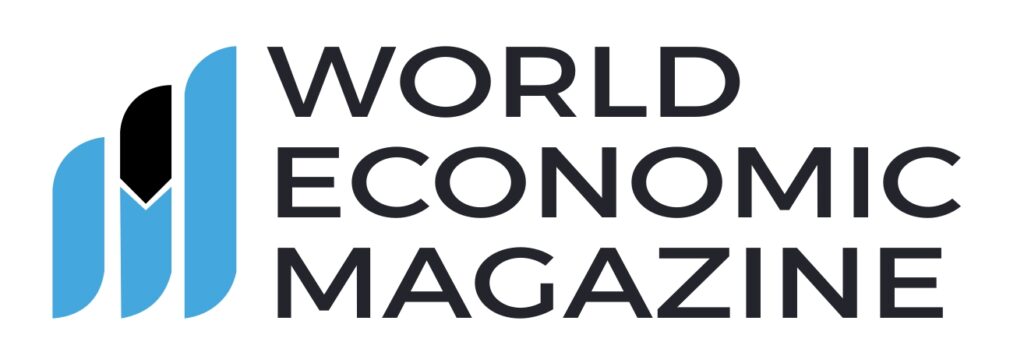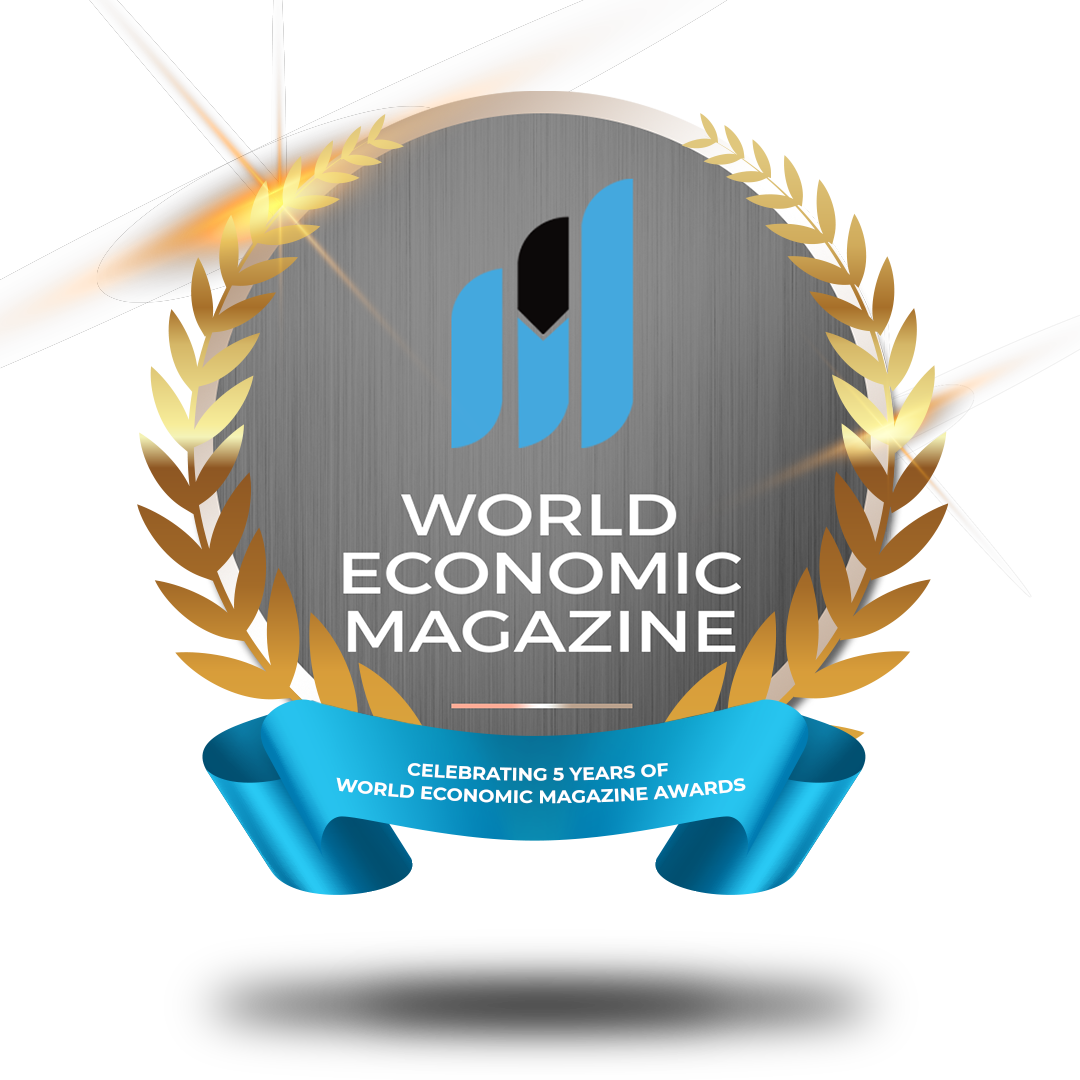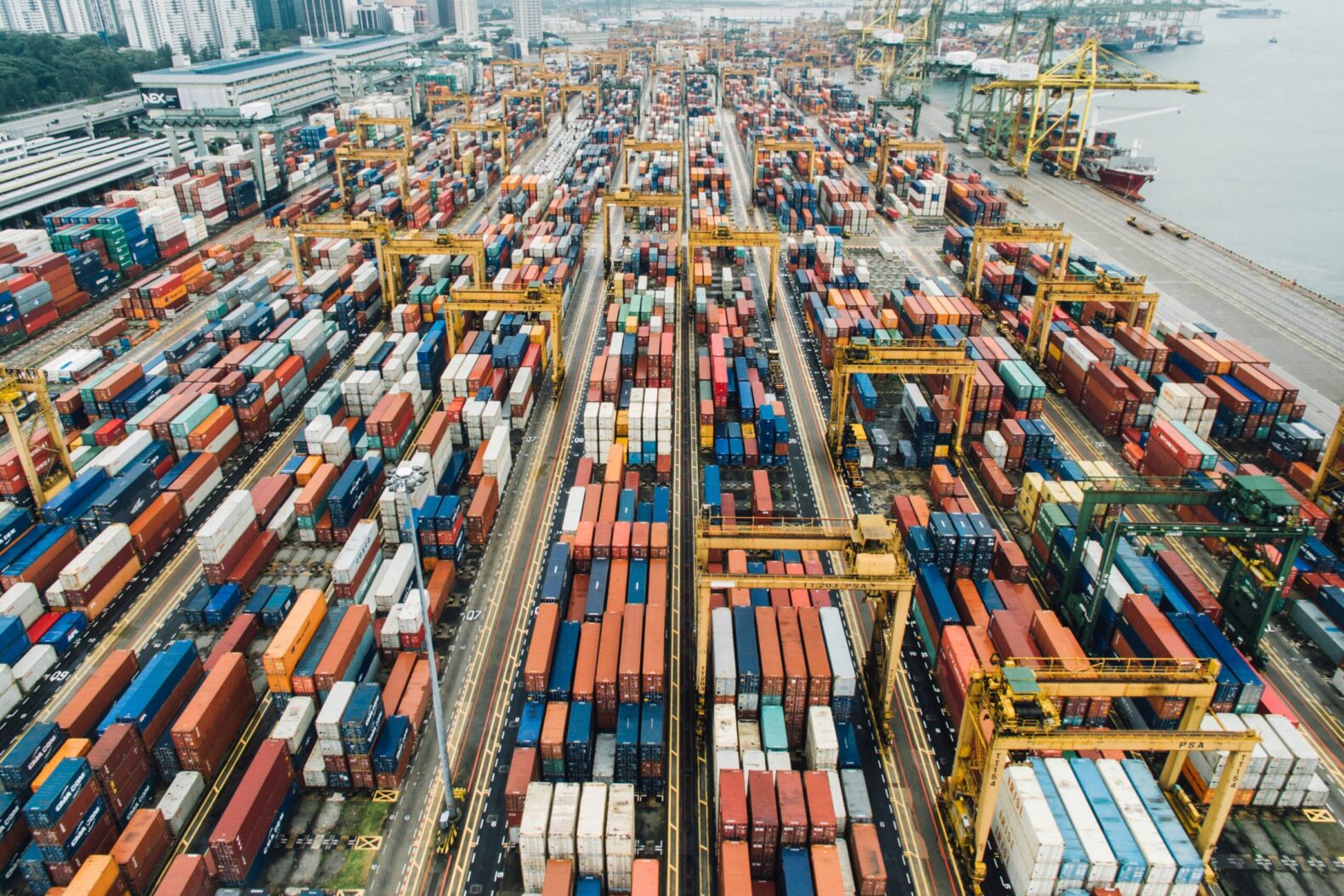
SMEs and their battle with Covid-19
The small or mid-size businesses had to battle over even further because of the pandemic. Especially when we look into their role in the field of economics on a larger scale and the hurdles they are facing while continuing their journey in the three developing regions such as Southeast Asia, Africa, and the Middle East, the negative impact of Covid-19 cannot be denied.
The problems of developing countries were already a source of concern. Not to mention that the pandemic has exacerbated these countries’ economic woes. Asian Development Bank is working hard to eliminate financial scarcity in these countries in order to support long-term development. They conducted research to determine the adverse effects of Covid 19 on businesses. According to the findings of that study, SME businesses in Asian countries received $5.3 billion in financing from 2005 to 2017.
Reportedly in 2018, SMEs contributed up to 60% of national labor forces in Asia and Pacific regions. During that time many countries considered small businesses with 10 or 49–99 employees and medium-sized businesses as those with 50 to 250–300 employees. Small businesses became a beacon of hope for those developing nations.
According to the 2020 survey report, the Nobel coronavirus had a significant impact on SMEs. Those countries had to deal with a massive drop, despite their best efforts to maintain balance. However, the outbreak of COVID19 shook the entire process.
Since the pandemic, banks such as ADB (Asian Development Bank) have been working hard to bring about change in the system. Business owners are struggling to put things together. They’re looking for assistance. To archive, the goal government should take action for retrieval. Infrastructure development and implementation would be a two-way street. It would be beneficial to provide them with digitalization, gender equality, and simple access to finance.
According to a 2020 research report, medium and small businesses have limited access to formal financial services. In Indonesia, while 24.6 percent of medium and small-sized businesses managed their own funds to survive the pandemic, 39.0 percent borrowed money from family members. In addition, only 1.0 percent of the 8.8 percent of SMEs received a bank loan. In Thailand, 39.1 percent of medium and small-sized businesses self-funded to survive the pandemic, 32.3 percent borrowed money from relatives, and 25.3 percent applied for bank credit, but only 7.5 percent received it.
This is the current state of the market. To achieve sustainability, however, all countries must focus on a well-planned action plan. It will take a collaborative effort to bring the loss back to life.






